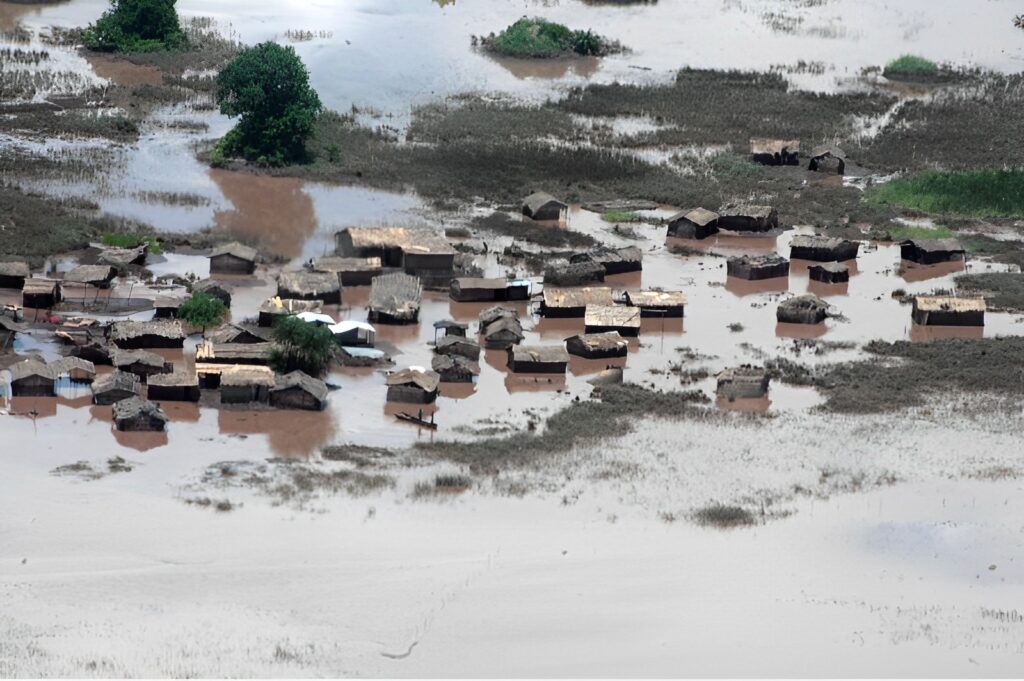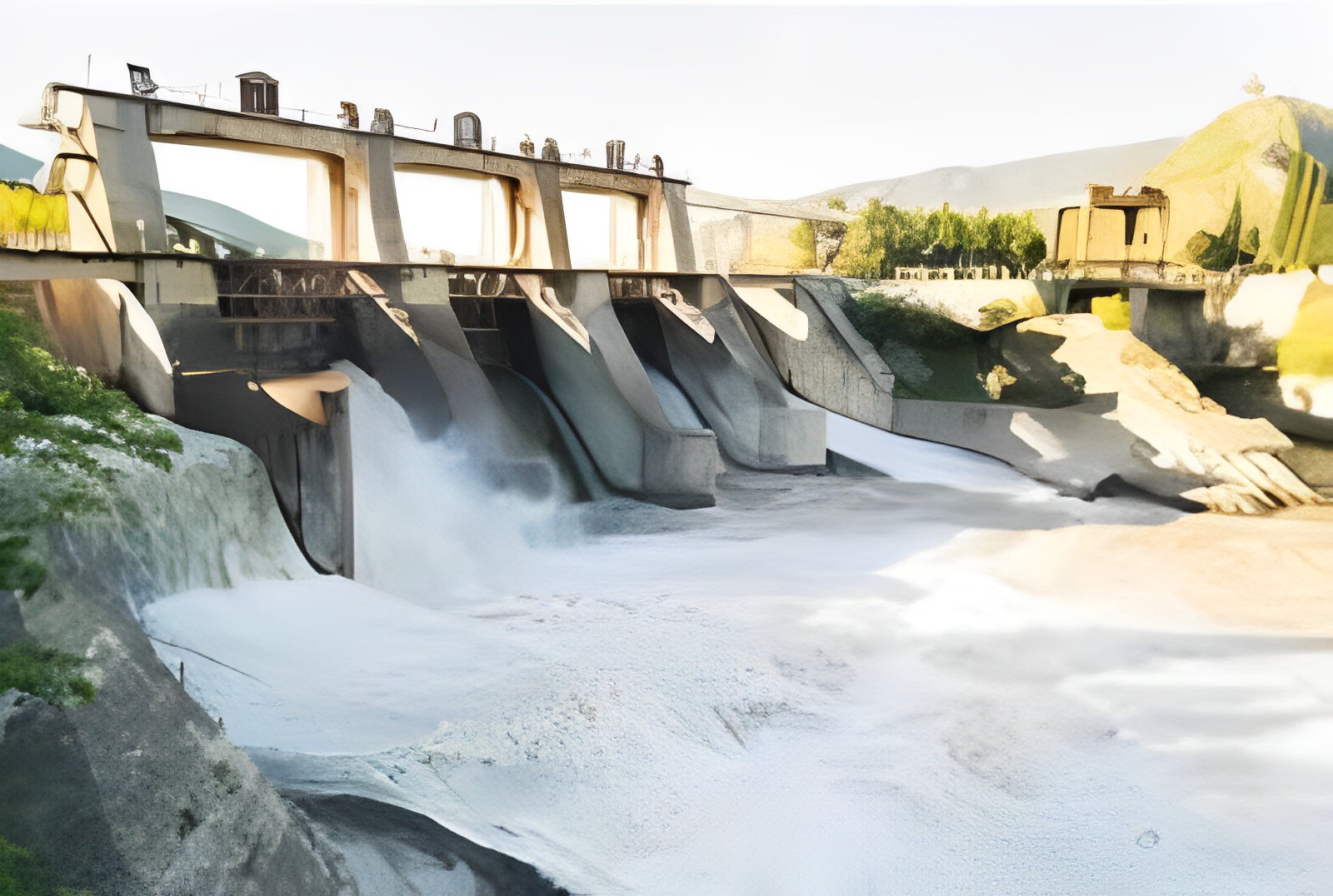An effective flood control system encompasses several key elements that work together to mitigate the risks associated with floods. Firstly, comprehensive flood risk assessment and mapping are essential to identify vulnerable areas and prioritize intervention strategies. Secondly, robust infrastructure such as levees, floodwalls, and dams provide physical barriers to contain floodwaters and protect communities and infrastructure. Efficient stormwater management systems, including drainage channels and retention ponds, help divert excess water away from urban areas. Early warning systems that utilize real-time monitoring, weather forecasting, and communication networks enable timely alerts to residents and emergency responders.
Predicting The Unpredictable: Advancements In Flood Forecasting And Early Warning Systems
Predicting the unpredictable has become more achievable through significant advancements in flood forecasting and early warning systems. With the integration of cutting-edge technologies and data analysis techniques, accurate and timely predictions of flood events are now possible. Flood control systems, coupled with real-time weather monitoring, enable the simulation of rainfall-runoff processes and the estimation of water levels and flows in rivers and streams. Remote sensing technologies, such as radar and satellite imagery, provide valuable data for monitoring precipitation patterns and identifying potential flood-prone areas. Artificial intelligence and machine learning algorithms enhance the accuracy of flood forecasting by analyzing historical data and identifying patterns and trends.

Building Strong Foundations: Structural Measures In Flood Control Systems
Building strong foundations in flood control systems requires the implementation of effective structural measures that can withstand and mitigate the impact of floods. One key element is the construction of levees and floodwalls, which provide physical barriers to prevent floodwaters from inundating vulnerable areas. These structures are designed to withstand the force of water pressure and provide a line of defense against rising water levels. Additionally, dams and reservoirs play a crucial role in flood control by regulating water flow and reducing downstream flood risks.
Proper channelization and dredging of rivers and waterways help improve their capacity to carry water, reducing the likelihood of overflow. Furthermore, the design and construction of bridges, culverts, and drainage systems must be resilient and adequately sized to allow for efficient water flow during flood events. By implementing these structural measures, communities can strengthen their flood control systems and minimize the potential damage caused by flooding, safeguarding lives, infrastructure, and the overall well-being of residents.
Nature’s Resilience: Incorporating Natural-Based Approaches In Flood Control
In recent years, there has been a growing recognition of the value of nature-based approaches in flood control systems. We will discuss the benefits of utilizing natural features, such as wetlands, floodplains, and green spaces, to mitigate the impacts of flooding. These nature-based solutions not only absorb excess water but also provide additional environmental benefits, including water filtration, habitat preservation, and recreational opportunities. By incorporating nature into flood control strategies, communities can enhance their resilience, promote biodiversity, and create more sustainable and aesthetically pleasing environments.
Strengthening Community Resilience: Engagement And Preparedness
Engaging communities and fostering preparedness are essential components of an effective flood control system. We will delve into the importance of community involvement, education, and awareness in building resilience to floods. This includes providing information about flood risks, organizing training programs for emergency response, and encouraging individuals to develop personal flood preparedness plans. By empowering communities with knowledge and resources, they can actively participate in flood response efforts, mitigate risks, and support each other during and after flood events.
Integrated Approach: Coordinating Efforts For Comprehensive Flood Control
An integrated approach that combines various strategies is necessary for comprehensive flood control. We will explore the importance of coordinating efforts between government agencies, local authorities, and stakeholders to develop a cohesive flood control system. This includes establishing effective communication channels, sharing data and resources, and coordinating emergency response plans. By adopting an integrated approach, communities can improve their ability to respond to flood events holistically, minimize duplication of efforts, and maximize the efficiency and effectiveness of flood control measures.
Resilience For The Future: Adapting To Climate Change And Uncertainty
Resilience for the future hinges upon our ability to adapt to the challenges of climate change and uncertainty. As the impacts of climate change become increasingly evident, it is crucial to incorporate adaptive measures into our planning and decision-making processes. This includes developing flexible and dynamic strategies that can adjust to changing environmental conditions, such as incorporating green infrastructure and nature-based solutions into flood control systems. Embracing sustainable practices and reducing carbon emissions can help mitigate the effects of climate change and build a more resilient future.
Furthermore, fostering a culture of collaboration and community engagement is vital in creating resilient communities that can collectively respond to uncertainties. Investing in robust monitoring systems, data collection, and analysis allows for informed decision-making and timely responses. By embracing adaptive strategies, collaborating across sectors, and continuously learning and innovating, we can navigate the uncertainties of the future, build resilience, and protect the well-being of both present and future generations.
Conclusion
A well-designed and comprehensive flood control system is vital for protecting communities from the devastating impacts of floods. By harnessing innovation in flood prediction, implementing effective structural and nature-based measures, fostering community engagement, adopting an integrated approach, and considering climate change, we can build resilient communities that are better equipped to mitigate the risks of flooding. Investing in robust flood control systems is an investment in the safety, well-being, and sustainable future of our communities.
